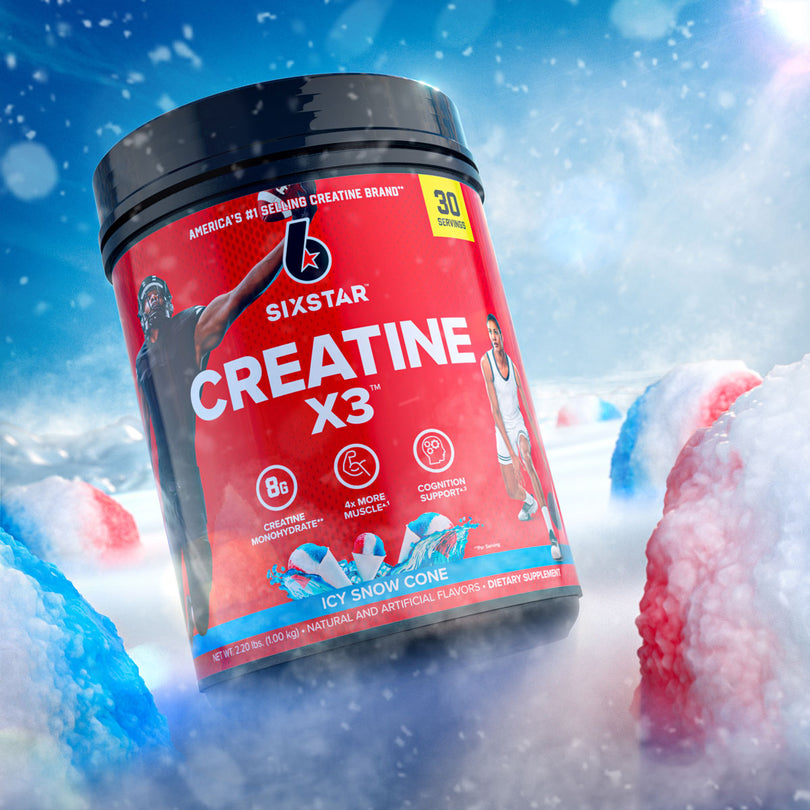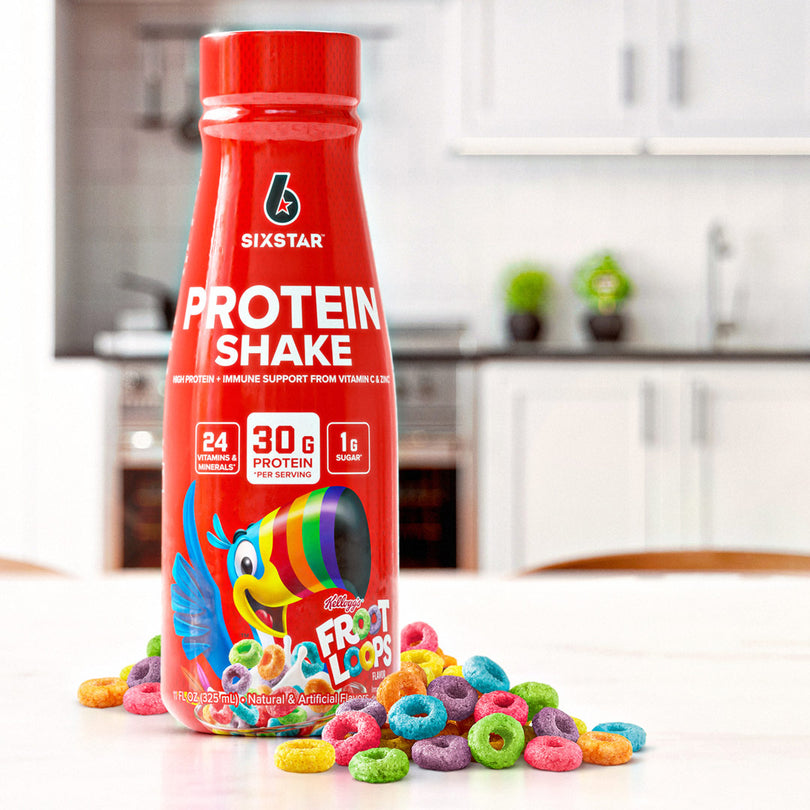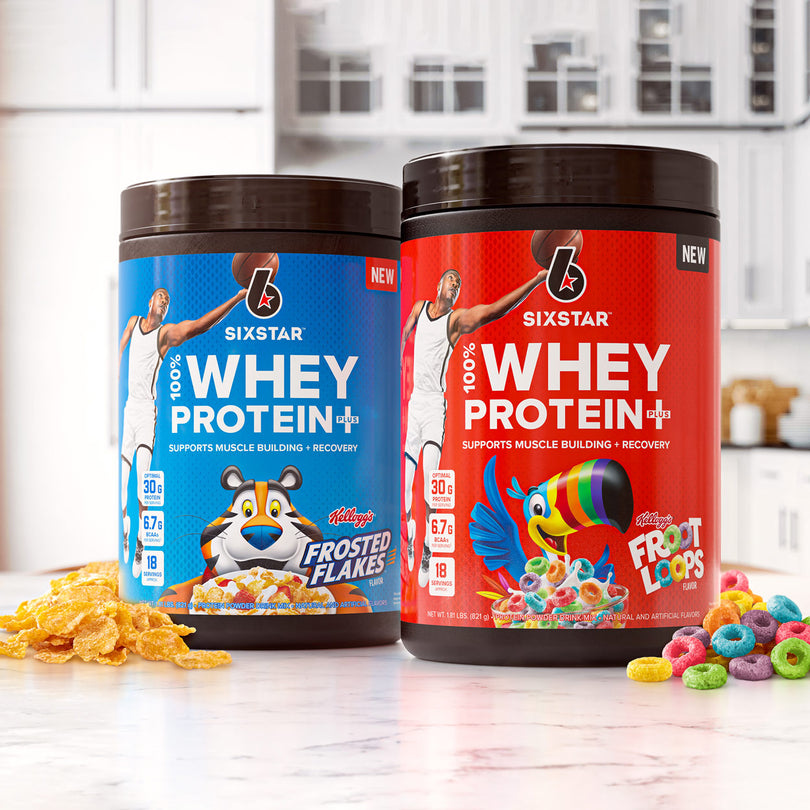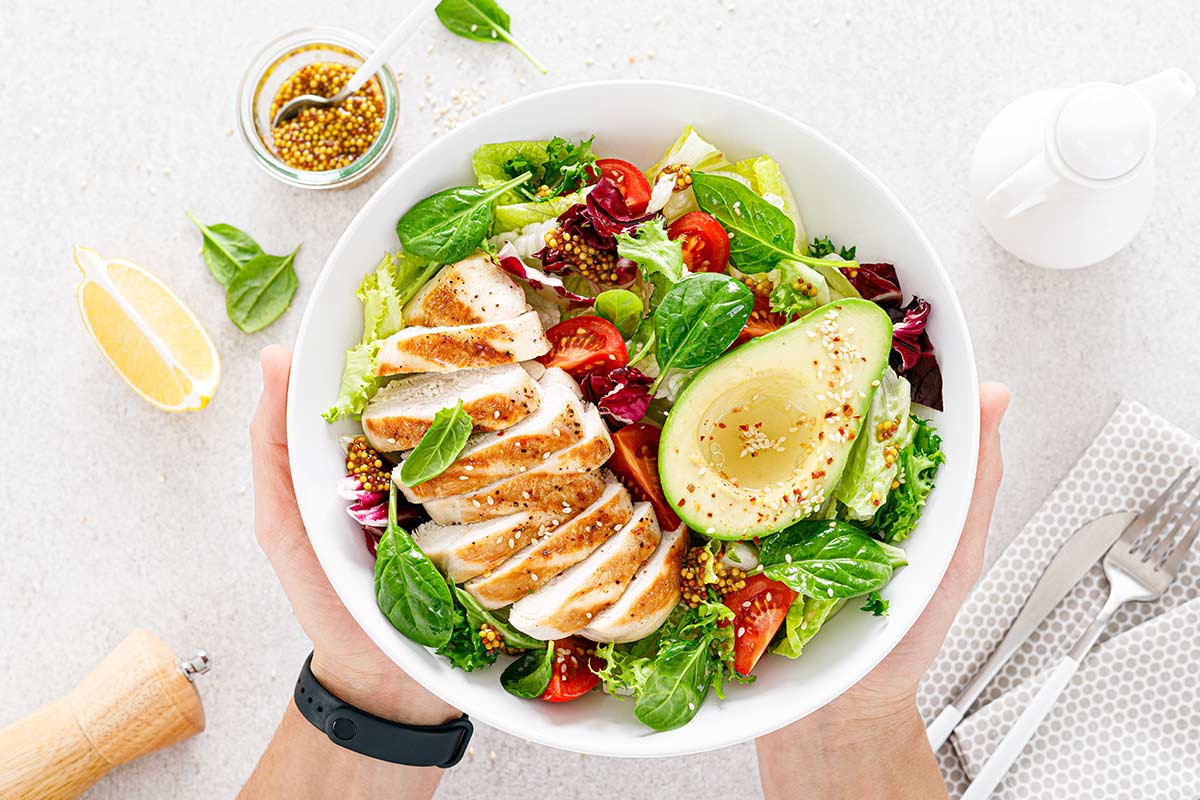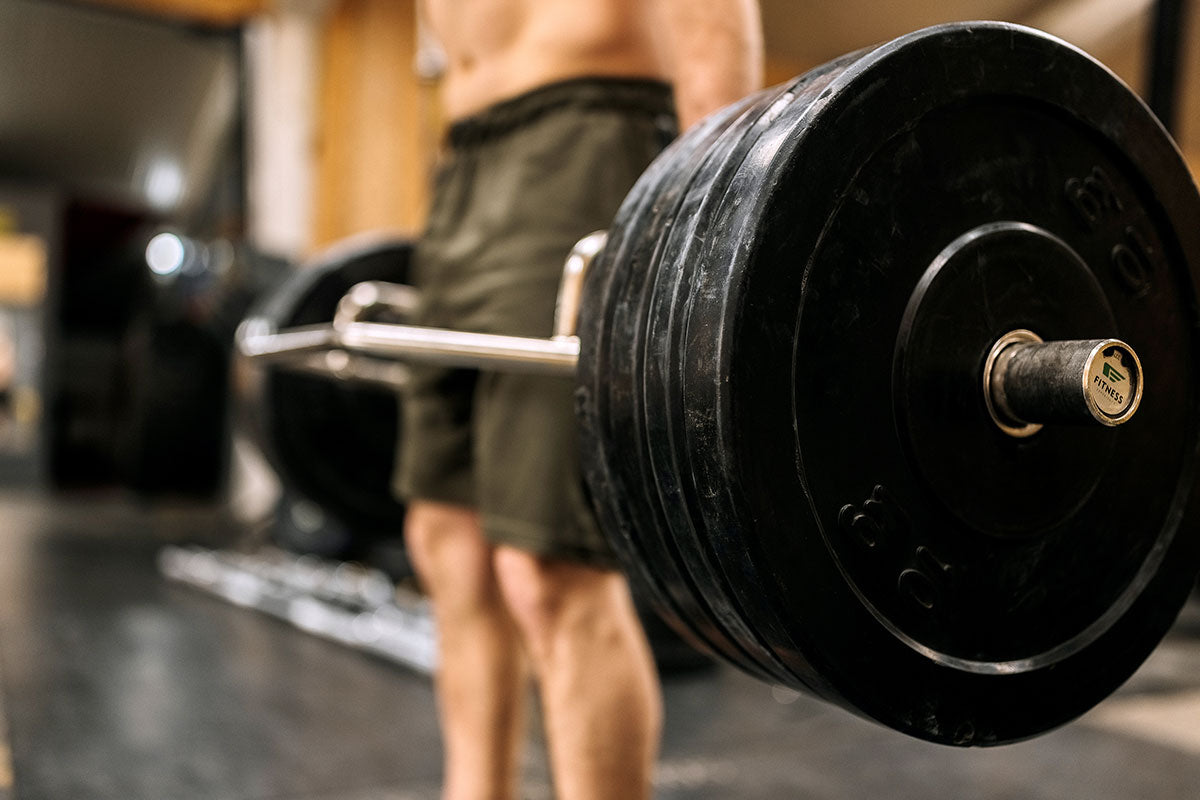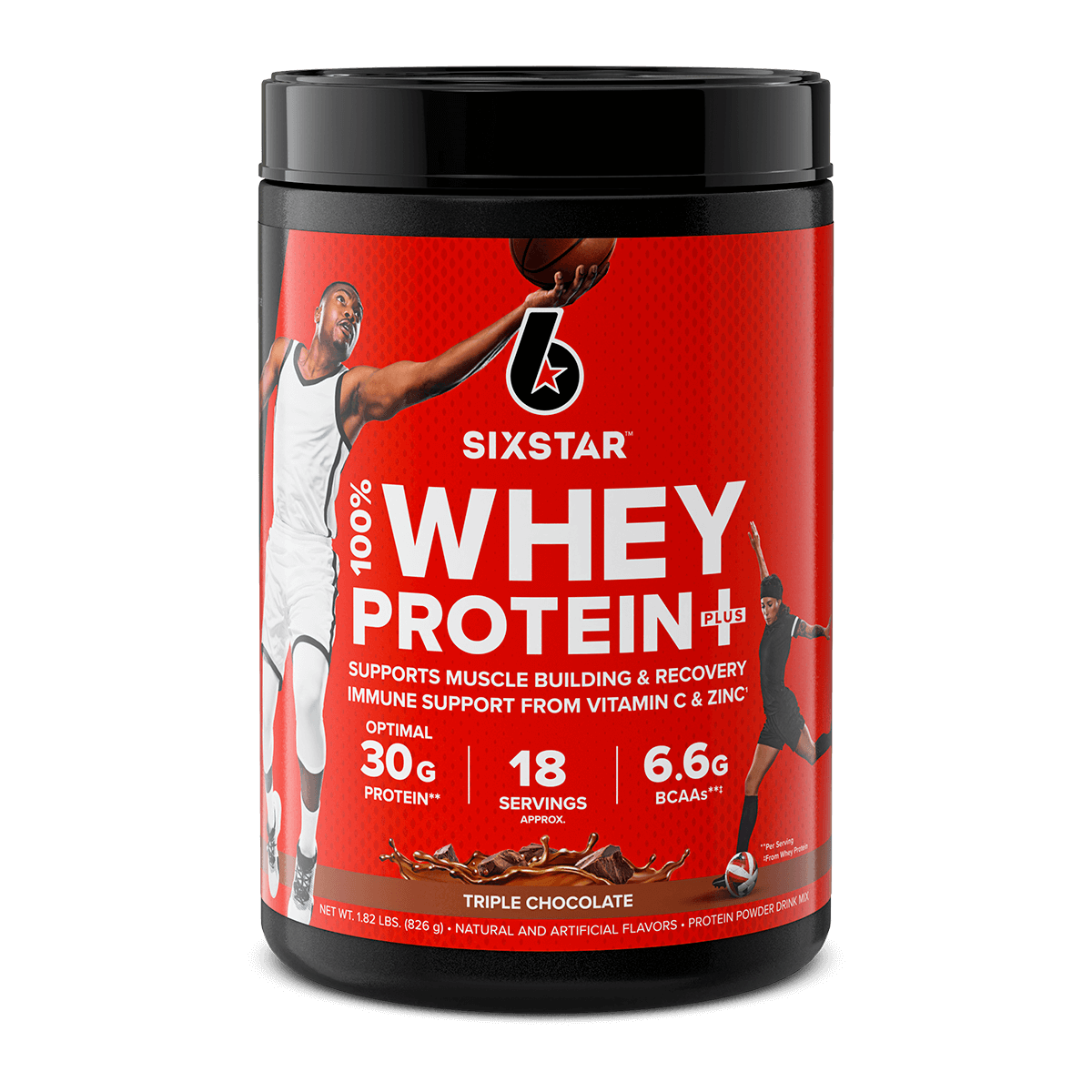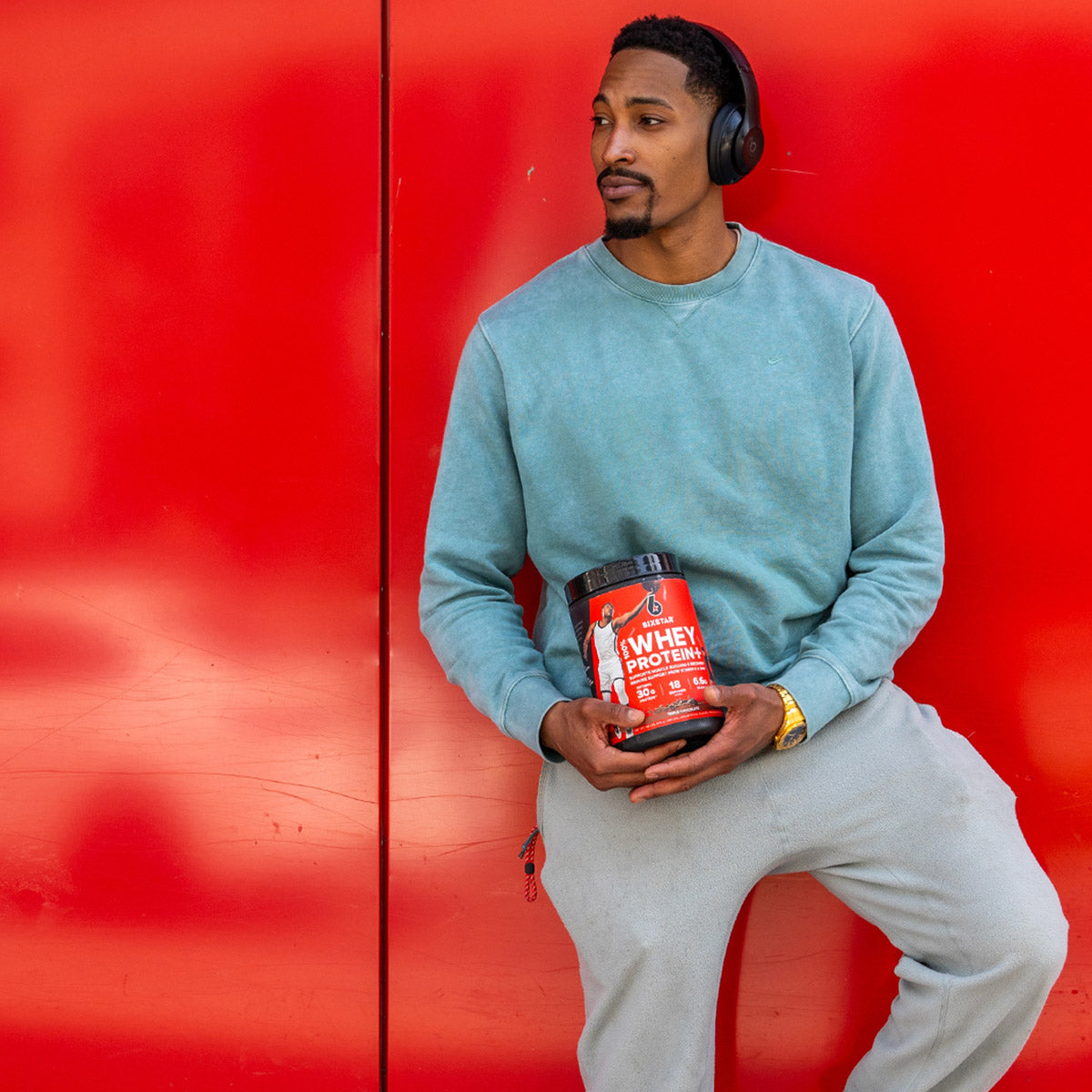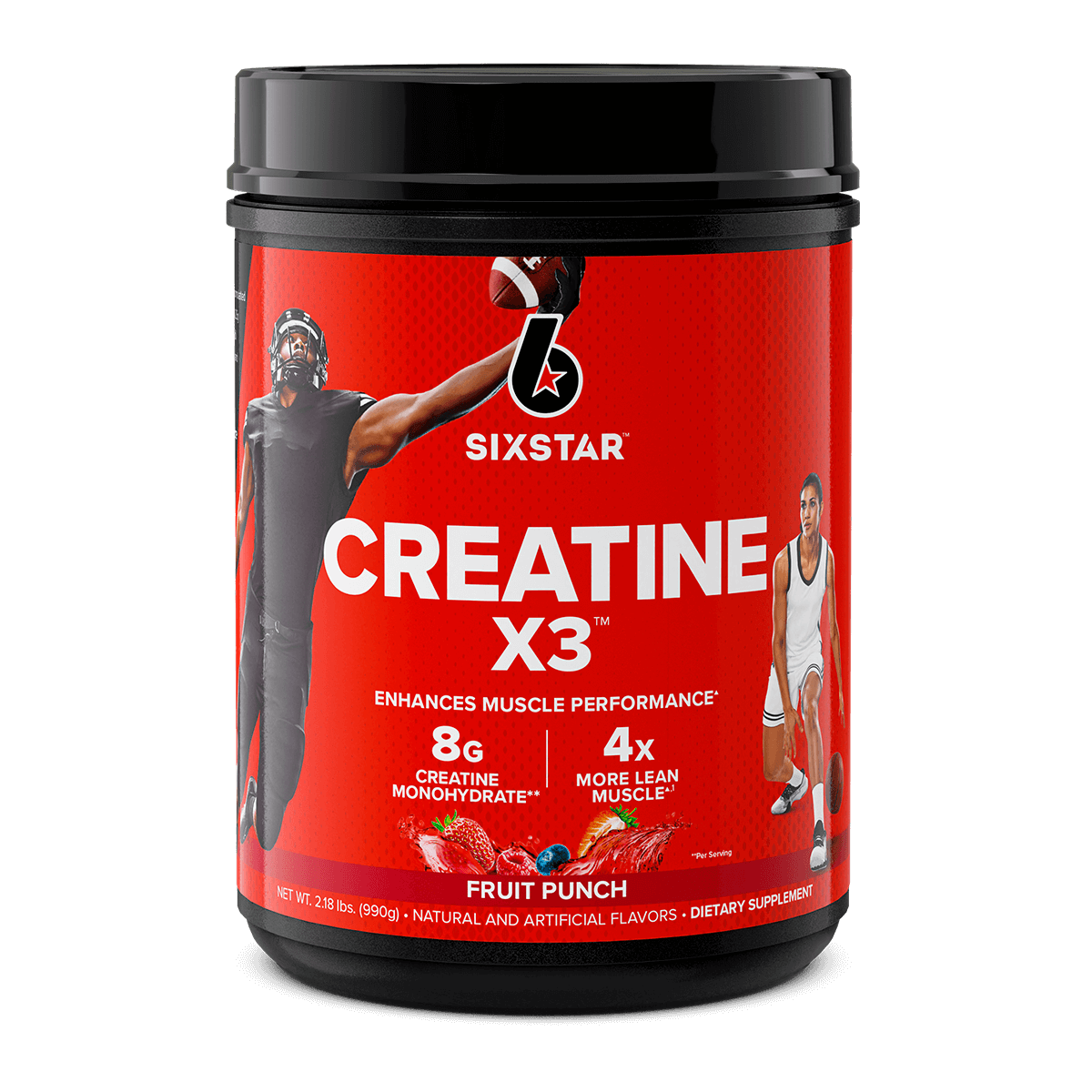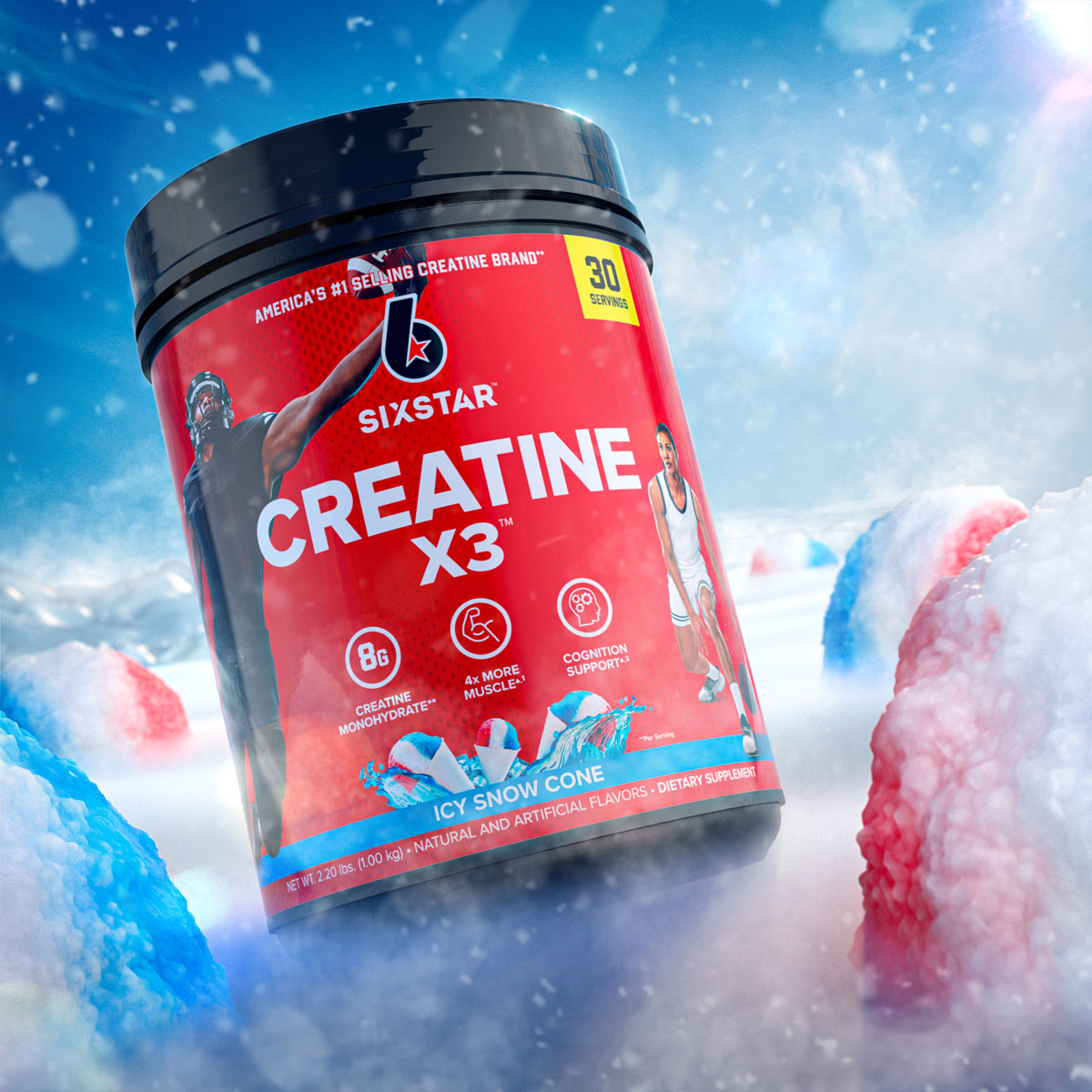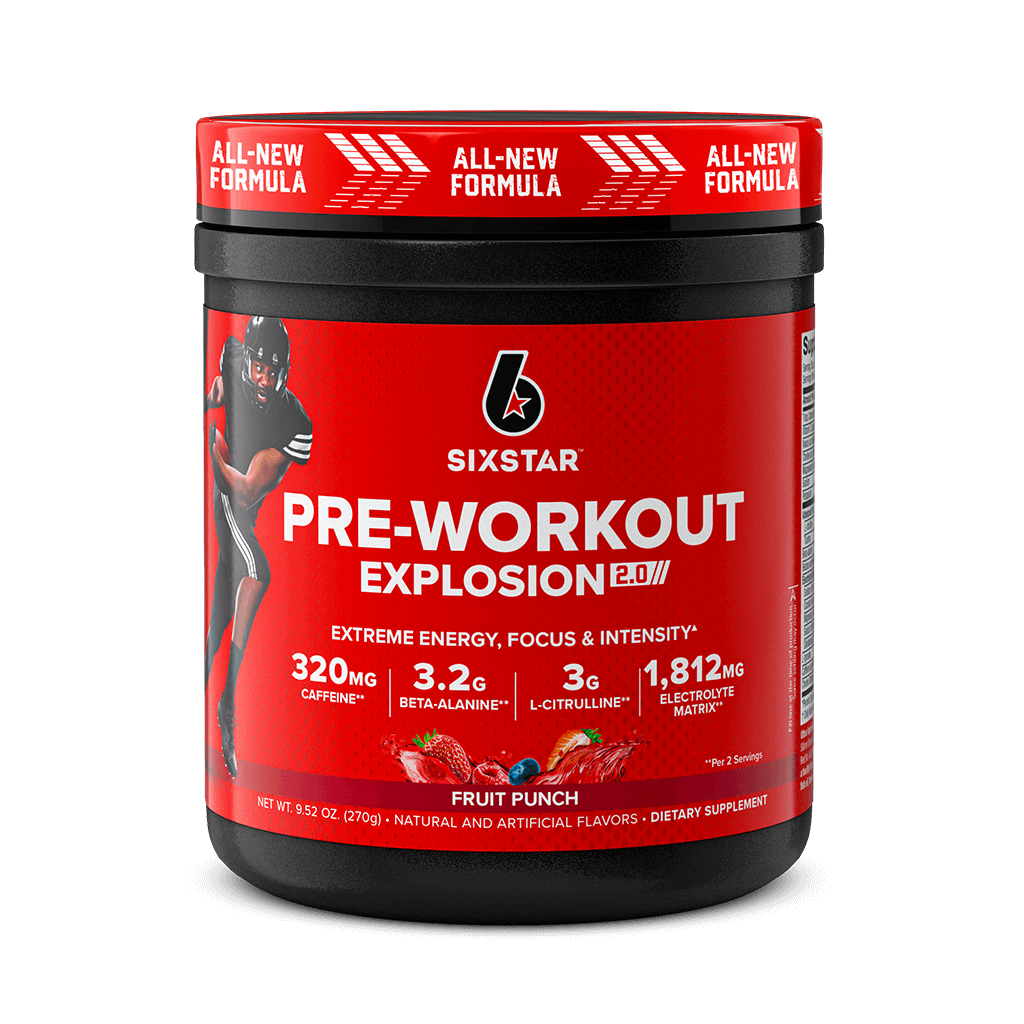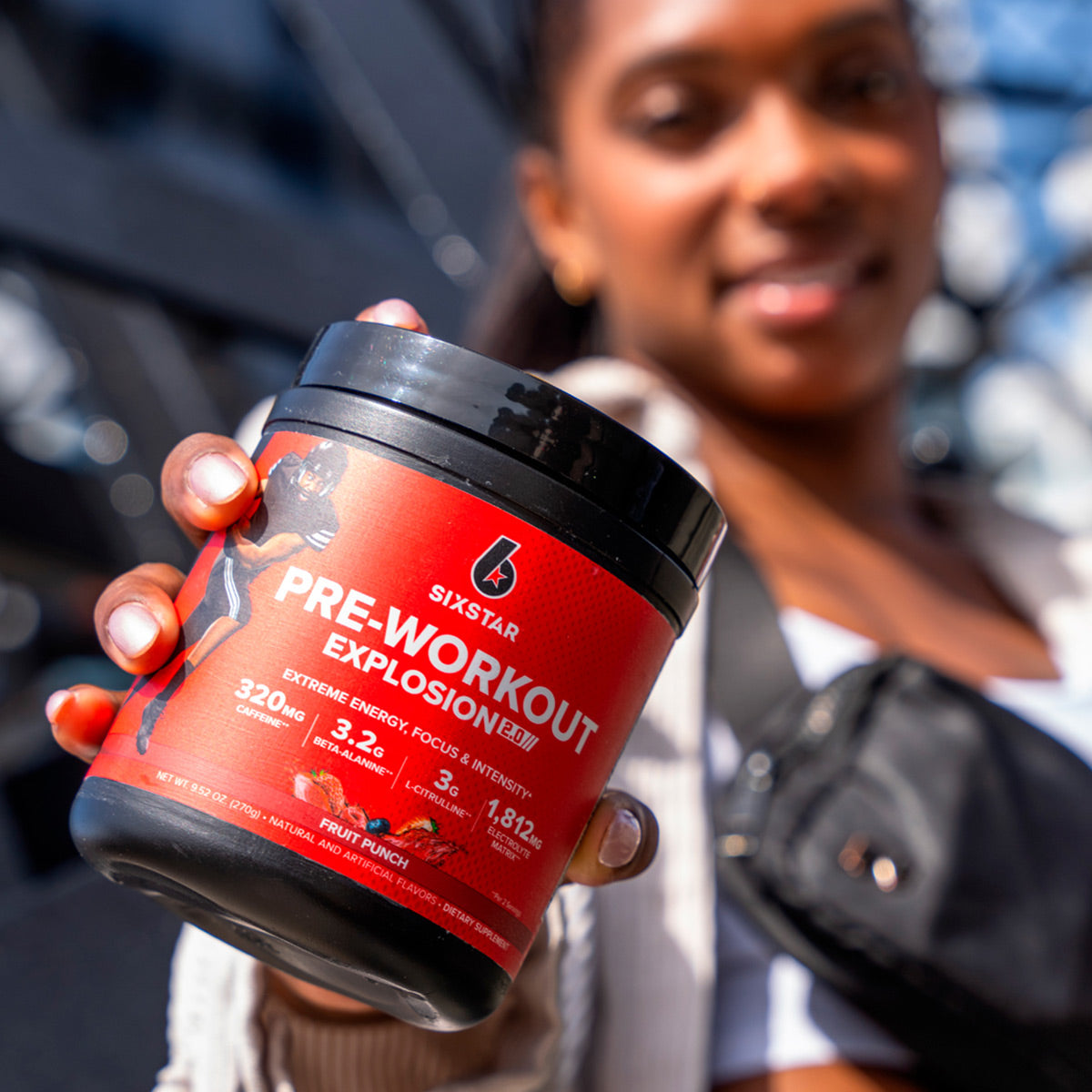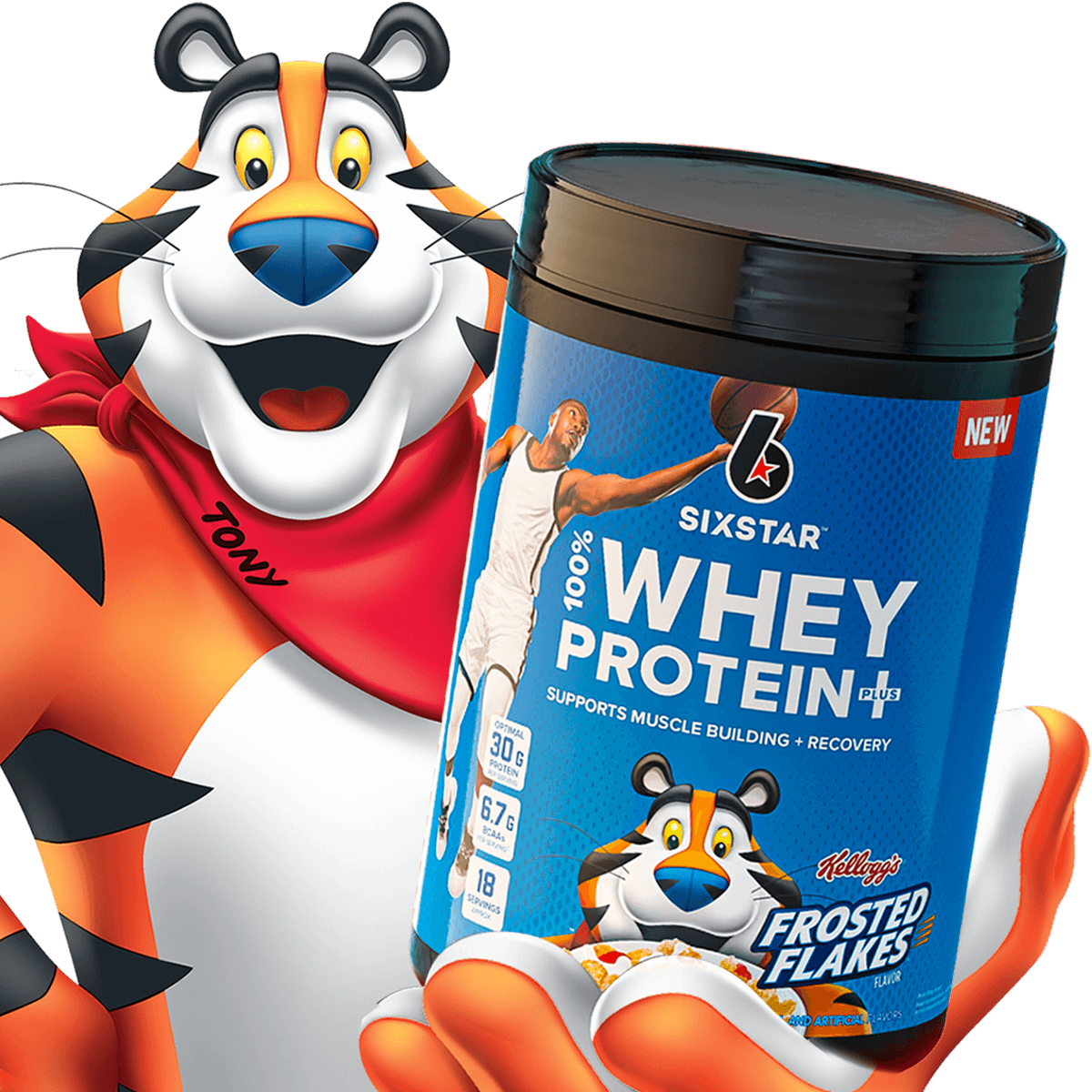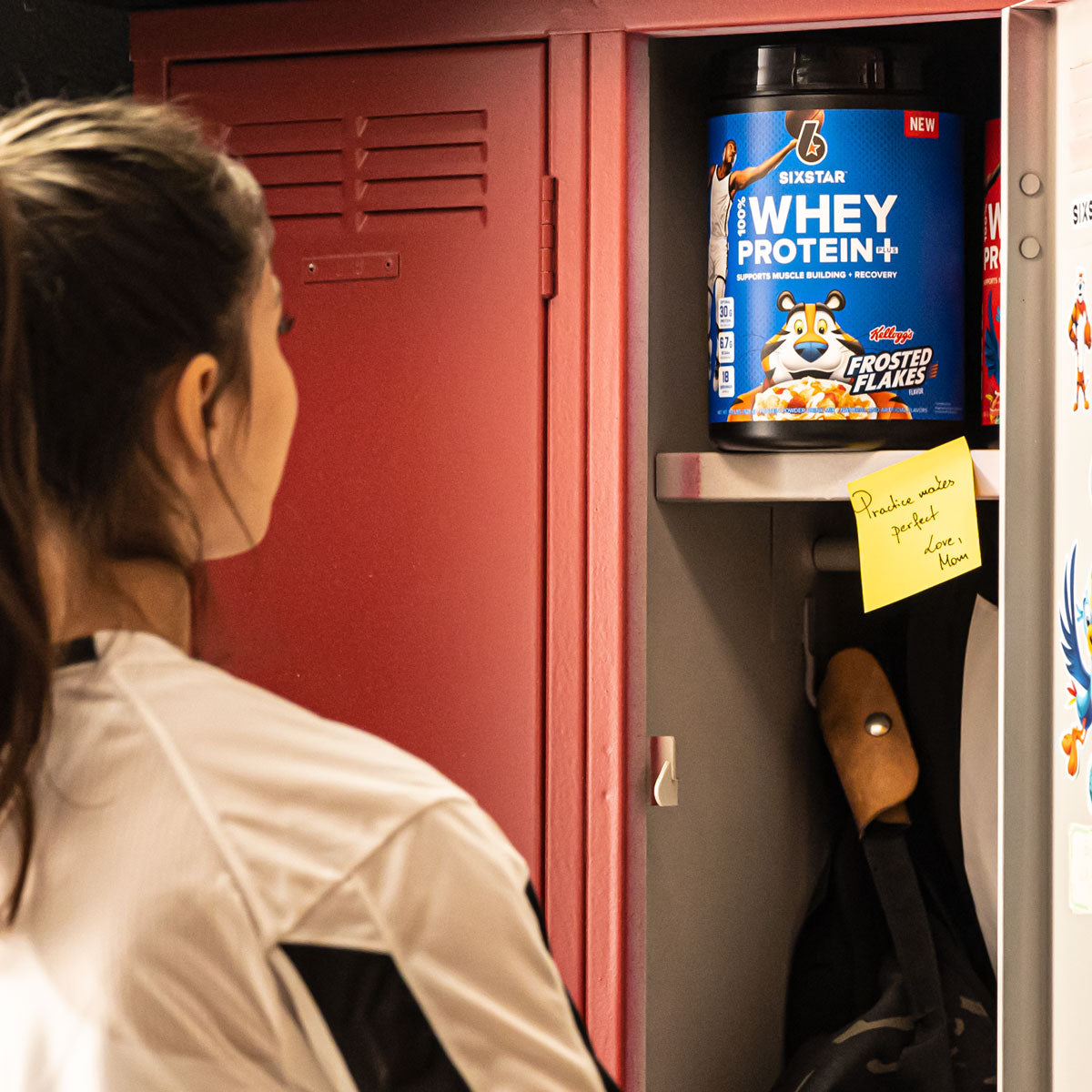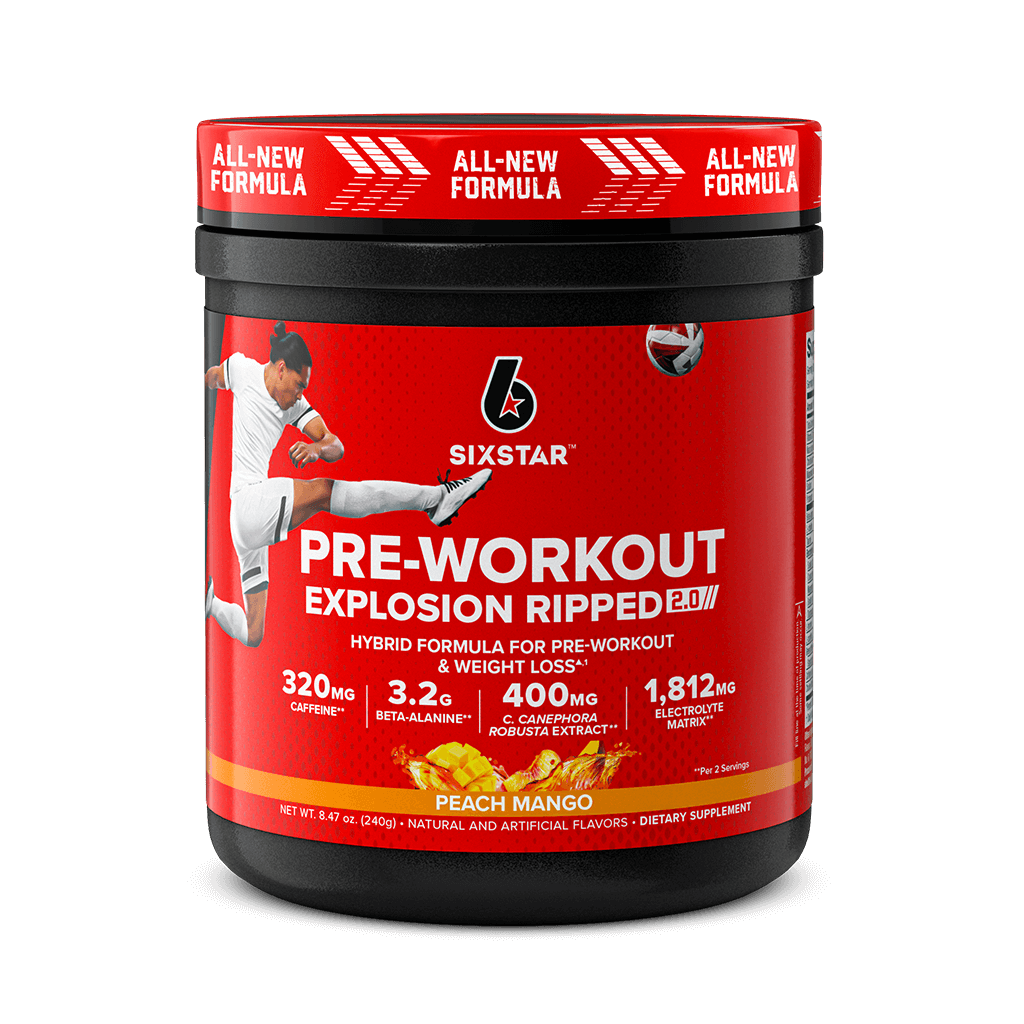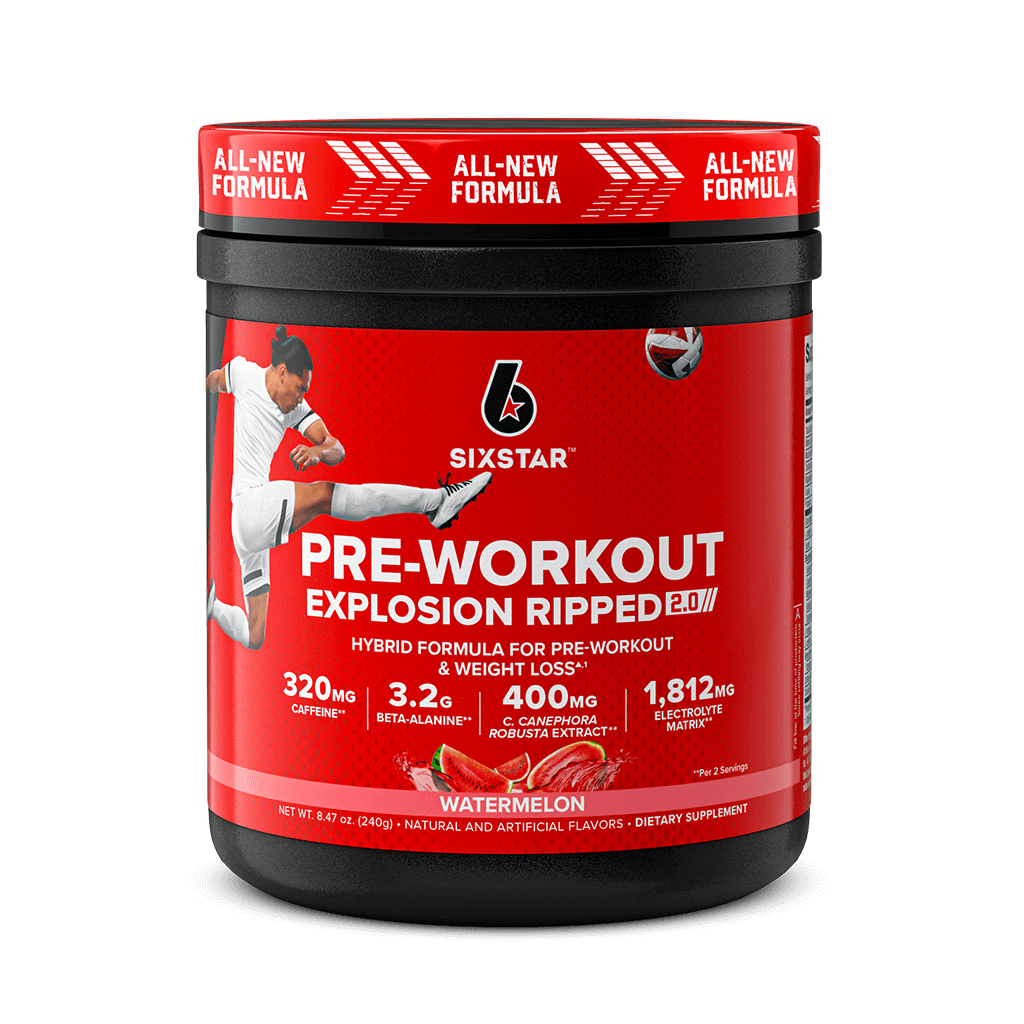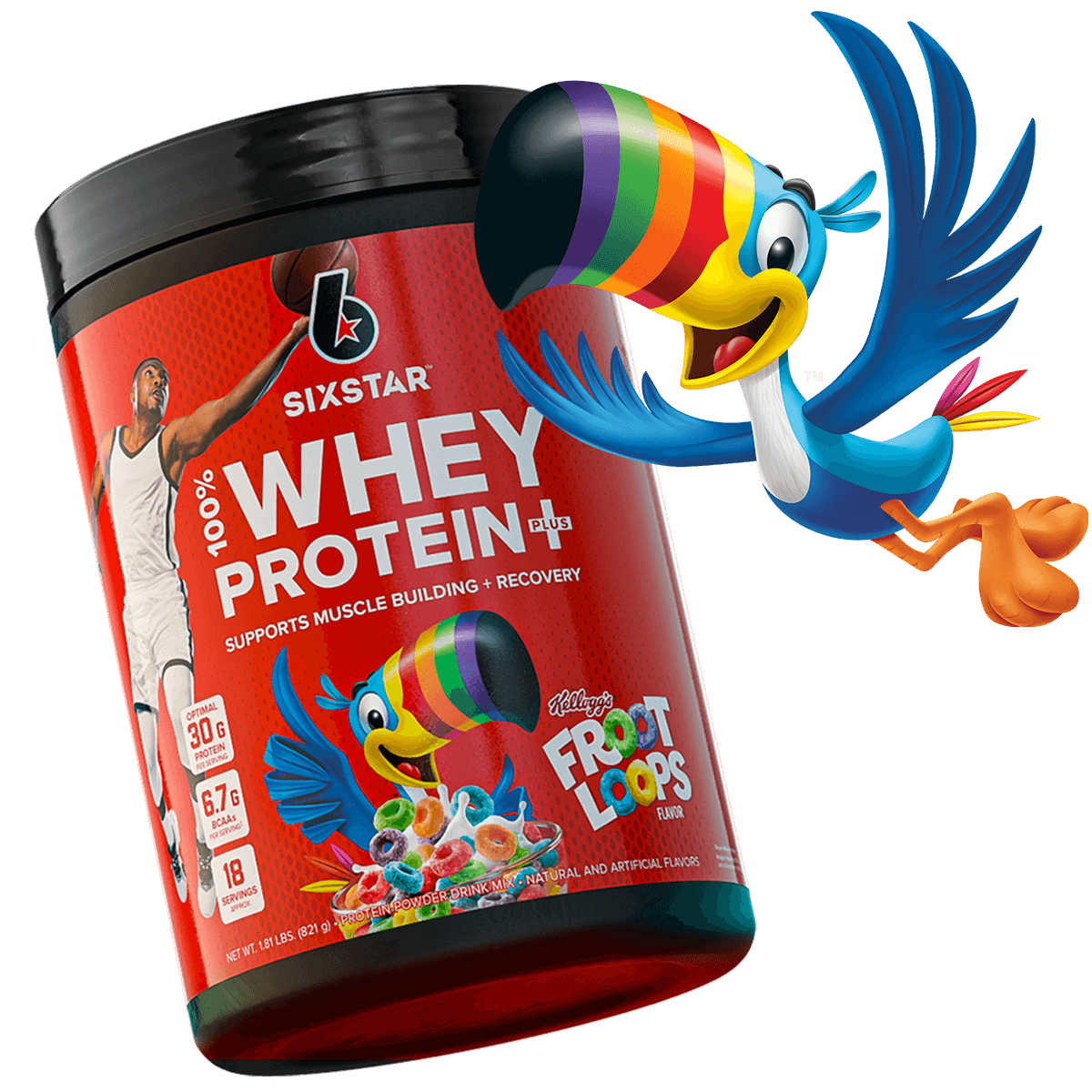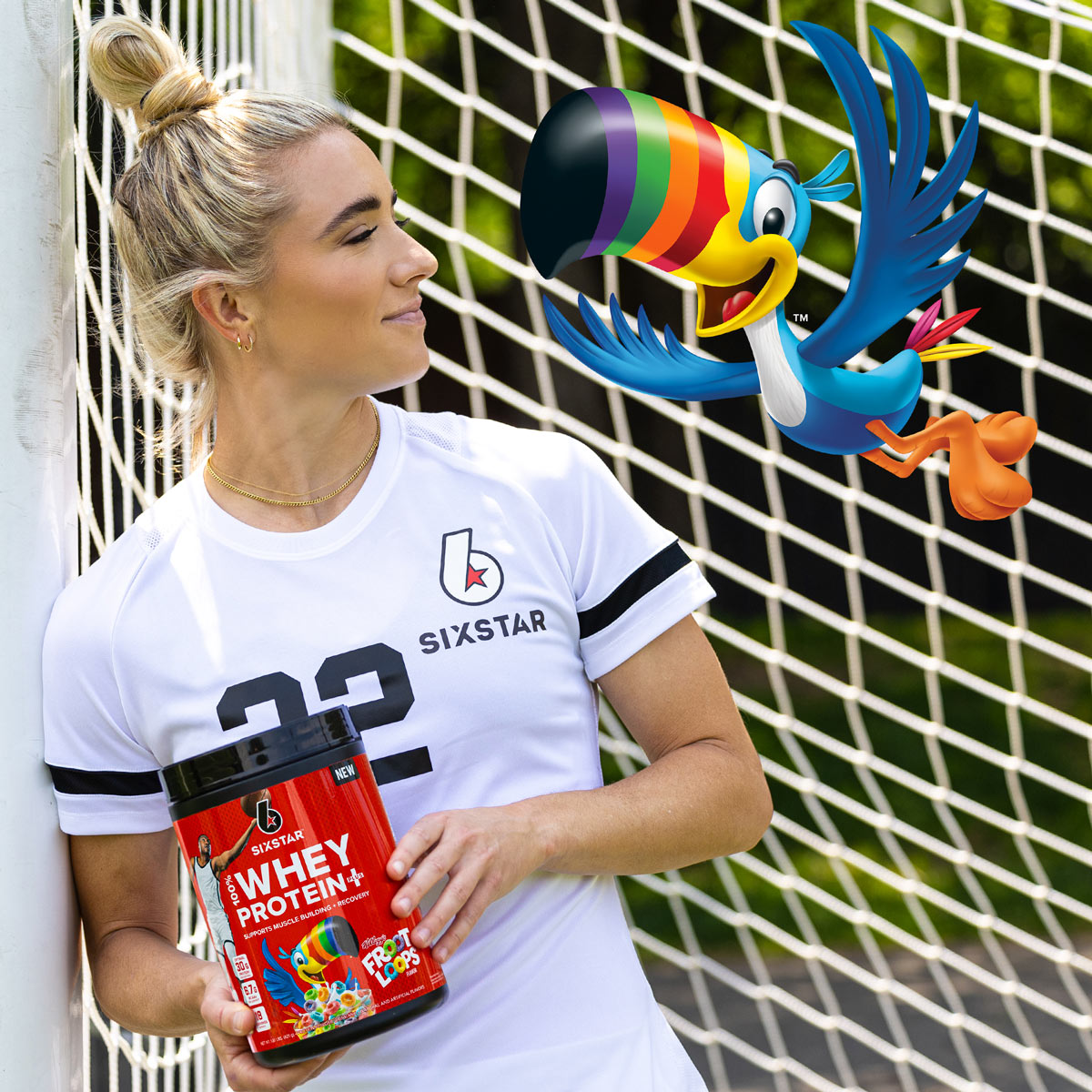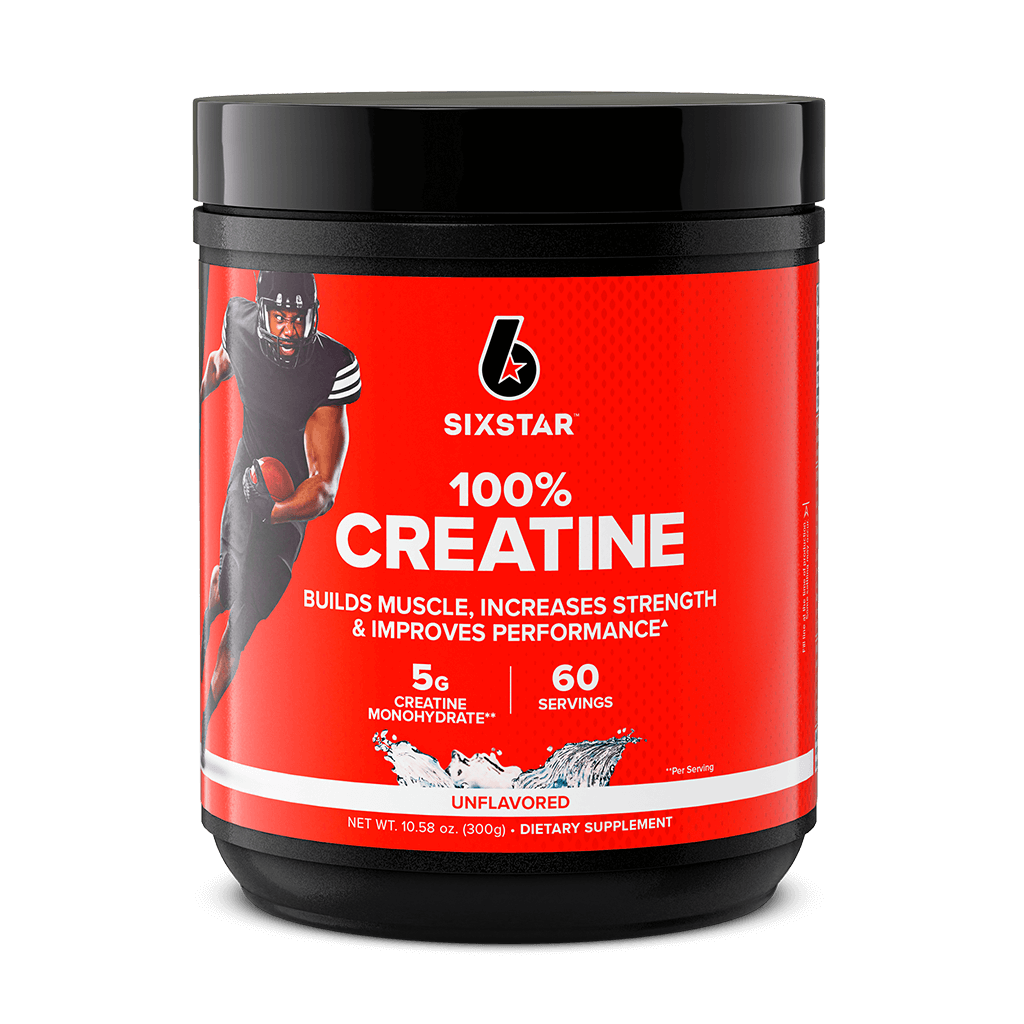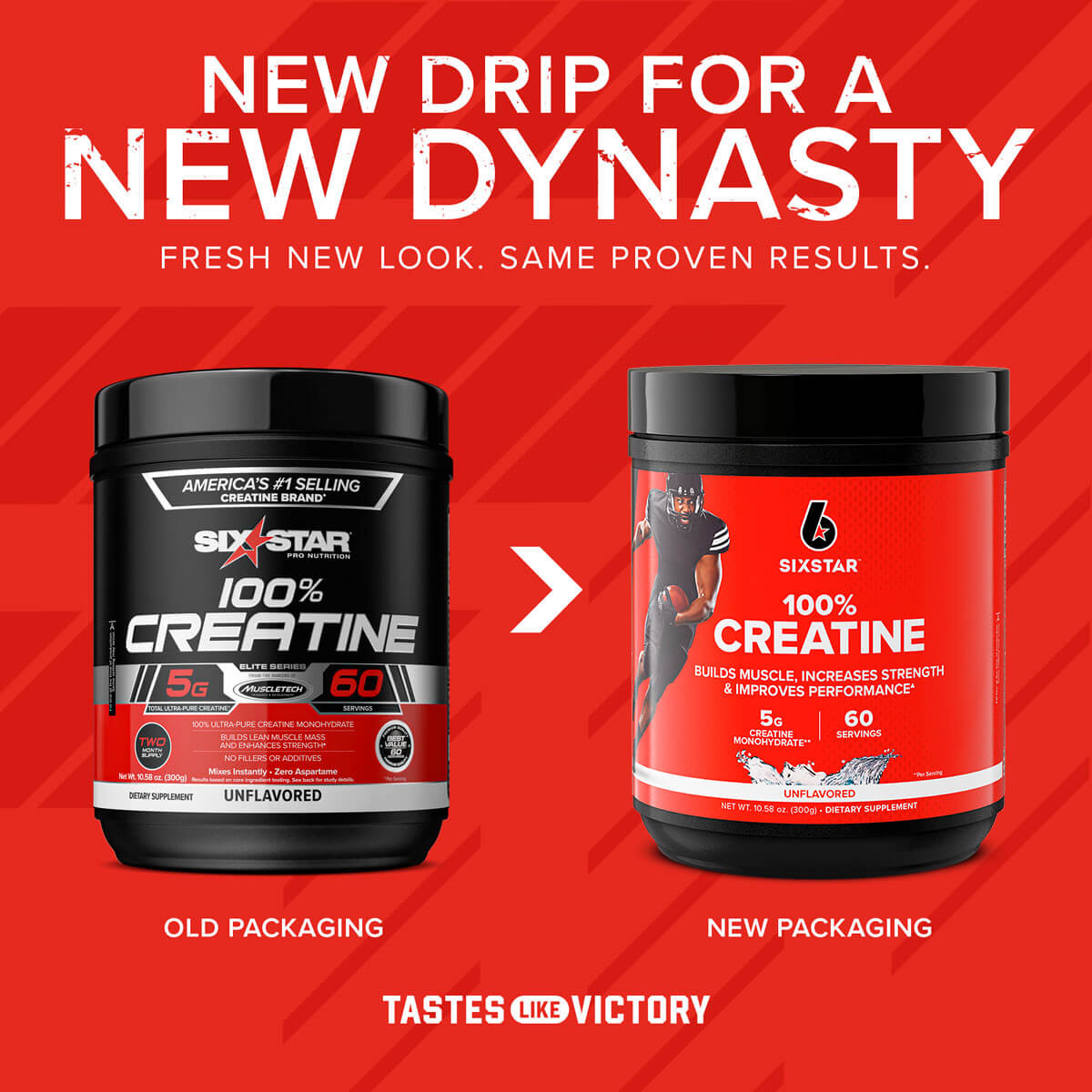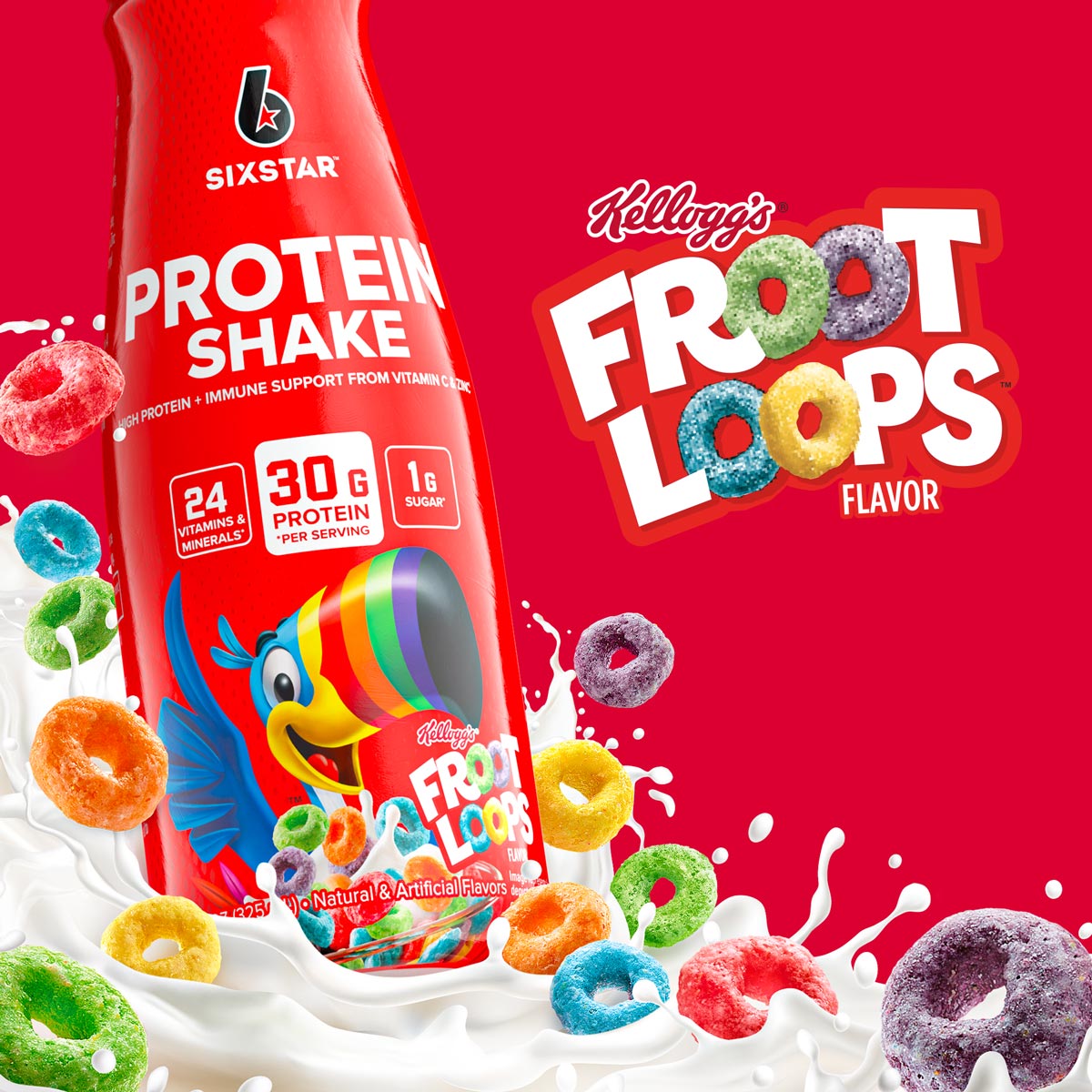Athletes often have to gain or lose weight in order to improve their performance. For example, distance runners usually want to lose weight so they can move their bodies against gravity better, while football players and athletes who play sports that emphasize strength and power typically need to gain weight and lean muscle mass in order to succeed on the field.
Then there’s bodybuilding, which differentiates itself from performance sports since athletes are judged on their appearance, rather than their athletic ability come competition day. During a season, bodybuilders go through two main phases – bulking and cutting. The bulking or muscle-gaining phase takes place in the off-season, while the cutting, or dieting phase to shed body fat, occurs pre-competition.
What Is Bulking Season?
Bulking season is when athletes are in a caloric surplus (usually for multiple months) in order to gain weight. Typically, bulking season takes place during the winter months when it’s colder and people are wearing more clothing and are less concerned about having a beach-ready body.
Purpose of Bulking Season
For bodybuilders, the purpose of bulking season is to add more muscle to their bodies in order to enhance their aesthetic appeal since that’s what’s being judged during competitions. So, if bodybuilders want bigger shoulders, arms, legs, back muscles, or a bigger chest, they need to eat more than their body’s caloric needs.
However, bodybuilders aren’t only eating a surplus of calories during bulking season. They’re also training hard in the gym to ensure that most of the weight that they’re gaining is muscle and not fat. In fact, during the off-season bulking phase, it has been reported that bodybuilders do resistance training five to six times each week, exercising each muscle group once or twice per week.
Therefore, the main goal of bodybuilders during bulking season should be to increase muscle mass, while minimizing increases in fat mass through the use of resistance training and maintaining a positive energy balance.
When is the Best Time for a Performance Sport Athlete to Bulk Up?
Just like with bodybuilders, the best time for performance sport athletes to bulk up is in the off-season. That’s because athletes who play sports like football, baseball, basketball, soccer, or hockey all become detrained during the season, losing their muscle, explosiveness, and strength due to the rigors of the season.
By going into a bulking phase that encourages muscle growth and strength gains in the beginning of the off-season, athletes can then slowly shed the fat that they accumulated during their bulk, which will allow them to head into their sport’s season lean, strong, and quick.
4 Essential Rules For An Effective Bulking Season
1. Determine Your Calorie Intake And Macronutrient Ratios
Since athletes have to be in a caloric surplus to bulk, that means that they need to consume more calories than their baseline requirements. However, it’s important to remember that being in a caloric surplus does not mean eating everything in sight. A successful bulk limits fat gain and encourages lean mass gain.
In terms of nutrition recommendations, novice/intermediate bodybuilders and performance sport athletes should consume 10% to 20% above their daily weight maintenance calorie needs during bulking season for an average weight gain between 0.25% to 0.5% of their body weight per week.
For advanced bodybuilders and elite performance sport athletes, it’s recommended that they consume 5% to 10% above their daily weight maintenance calorie needs during the bulking phase for an average weight gain of around 0.25% of their body weight each week.
Once the calories needed for bulking are established, then athletes can determine their macronutrient ratios. Macronutrients – carbohydrates, fats, and proteins – are the types of nutrients needed in larger amounts in an athlete’s diet.
Carbohydrates supply a necessary energy source during fitness training, protein supplies the building blocks in recovery and repair to form new muscle, and fats also supply energy and support cell growth.
When bulking, experts recommend that athletes get around 45% to 60% of their calories from carbs, 30% to 35% of their calories from protein, and 15% to 30% of their calories from fat. To build muscle faster, the proportion of calories from protein should remain at 30% to 35% throughout bulking season.
2. Stimulate Muscle Protein Synthesis Through Proper Nutrient Distribution And Timing
A review reported that bodybuilders have a mean intake of six meals a day. While there aren’t many studies looking specifically at what might be an optimal meal frequency for bodybuilders, the high frequency of meals is based on the belief of a greater state of anabolism and even a better use of nutrients during the day, which could then translate into an improvement in body composition.
By consuming five to six meals a day, muscle protein synthesis (using protein to repair muscle damage caused by weight training) will be continuously stimulated throughout the day. Eating more meals throughout the day will also help athletes to achieve their main bulking goal, which is to minimize fat loss and maximize muscle gain.
3. Place Equal Emphasis On Both Exercise And Nutrition
During bulking season, exercise is only half the battle. Performance sport athletes need to be mindful about the foods that they’re putting into their bodies, as well. One of the most common bulking mistakes that athletes make is eating anything and everything that they want, including junk food, in an effort to bulk up.
This type of bulking diet is referred to as ‘dirty bulking’ since athletes are eating calorie-dense, nutrient-poor foods such as sweets, desserts, and fried foods. While eating more calories will add mass, these types of foods can increase markers of inflammation, promote insulin resistance, and raise levels of fat in athletes’ blood, especially when eaten as part of a high calorie diet.
Therefore, athletes should consider a ‘clean bulking’ diet (also known as ‘lean bulking’) that uses a more moderate increase in calories, as well as healthier food choices.
Bulking can be performed in a healthy manner as long as you maintain an appropriate calorie surplus and focus on eating nutrient-dense foods that contain a high amount of nutrients for their calorie count. Research has shown that a slower and more macro-focused approach to weight gain, such as a clean bulk, is likely going to result in more muscle mass and less body fat gain than a rapid approach.
For a healthy clean bulking diet, eat lean meats like chicken breast or lean beef for protein, sweet potatoes, rice, fruit, oats, vegetables, and whole grain bread for carbohydrates, and let fats accumulate through protein foods such as eggs, avocados, and nuts. Some other key proteins for a clean bulk are seafood (salmon, cod, shrimp, and tuna), beans, and milk, cheese, and yogurt. You can also supplement with protein powders since whey protein and casein protein are both complete protein sources.
4. Bulking Is Intended To Be Followed By A Cutting Phase
Don’t forget that at some point the bulking phase has to end and the cutting phase must begin in order to decrease fat levels. Some cutting mistakes to avoid are cutting calories too quickly, making a drastic cut to your carbohydrate intake, and adding in too much cardio, which can lead to muscle loss, which is exactly what you don’t want to do since you’re bulking to gain muscle, not lose it.
As long as you alternate your bulk and cut cycles throughout the year, you should be able to manage a balance of muscle gain and fat loss.
Buy Sports Nutrition & Supplements from SixStar
Read Our Top Read Blogs:

